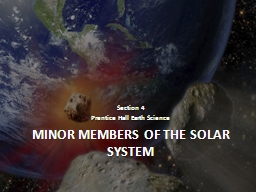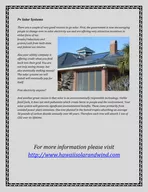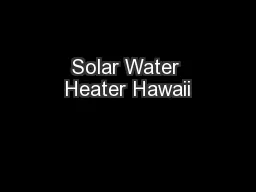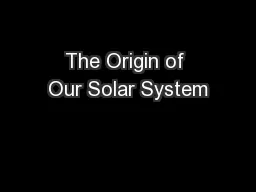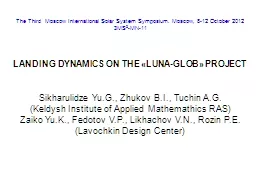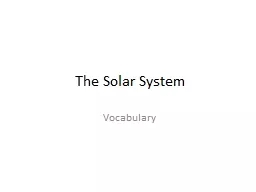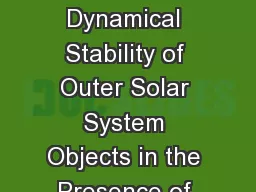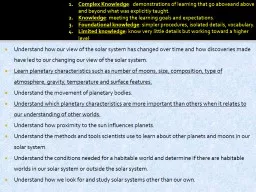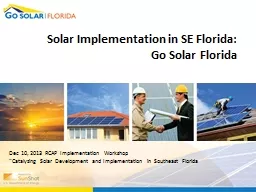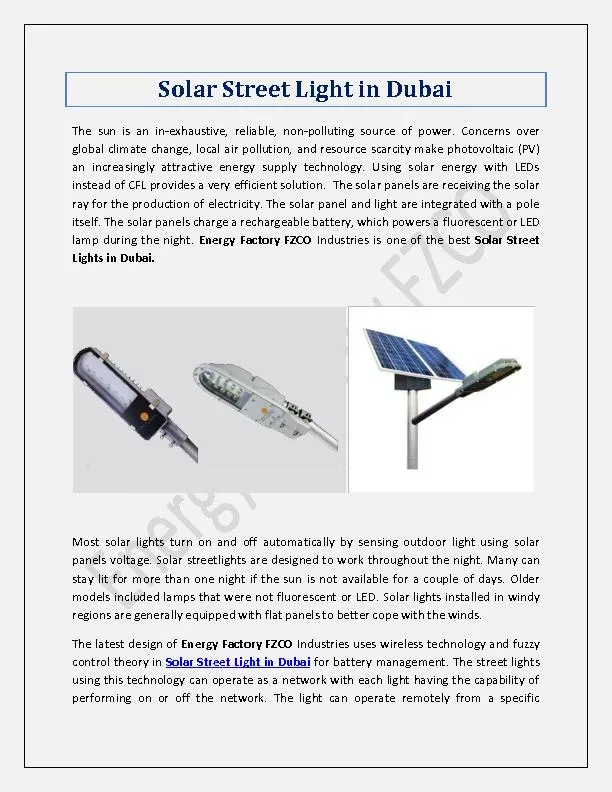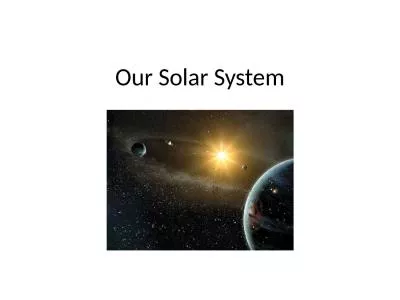PPT-MINOR Members of the Solar System
Author : lucy | Published Date : 2024-02-03
Section 4 Prentice Hall Earth Science 234 Objectives Identify location within our solar system where most asteroids are found Describe the structure of a comet
Presentation Embed Code
Download Presentation
Download Presentation The PPT/PDF document "MINOR Members of the Solar System" is the property of its rightful owner. Permission is granted to download and print the materials on this website for personal, non-commercial use only, and to display it on your personal computer provided you do not modify the materials and that you retain all copyright notices contained in the materials. By downloading content from our website, you accept the terms of this agreement.
MINOR Members of the Solar System: Transcript
Download Rules Of Document
"MINOR Members of the Solar System"The content belongs to its owner. You may download and print it for personal use, without modification, and keep all copyright notices. By downloading, you agree to these terms.
Related Documents

